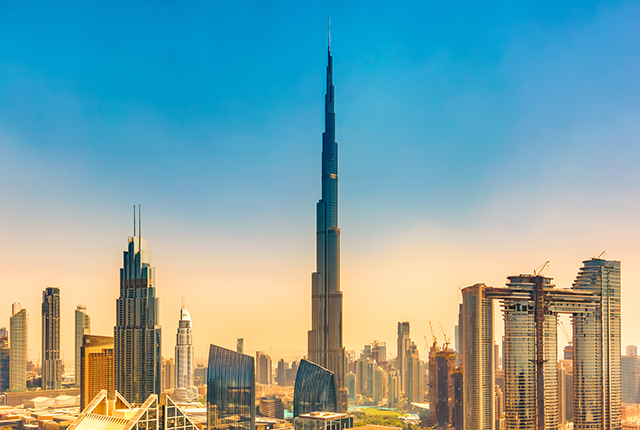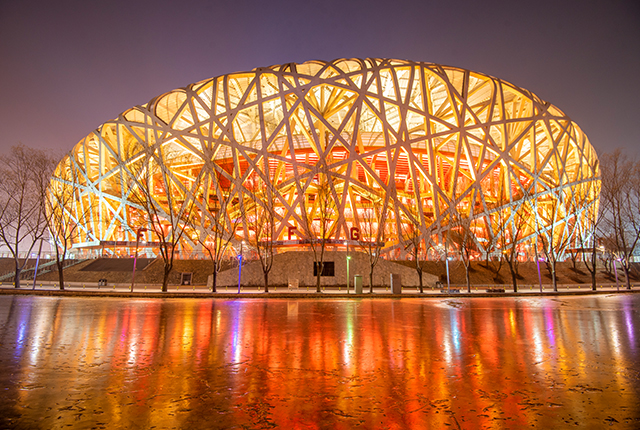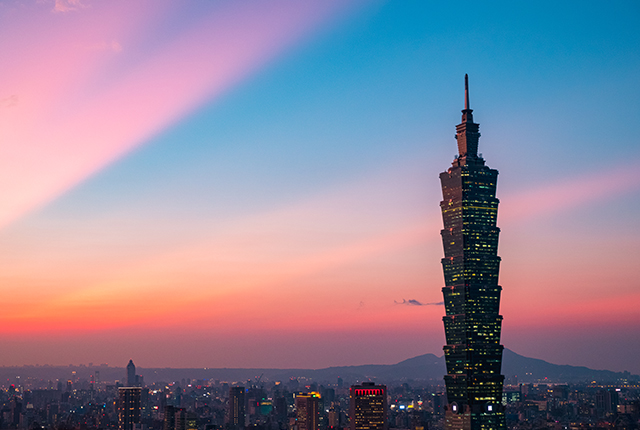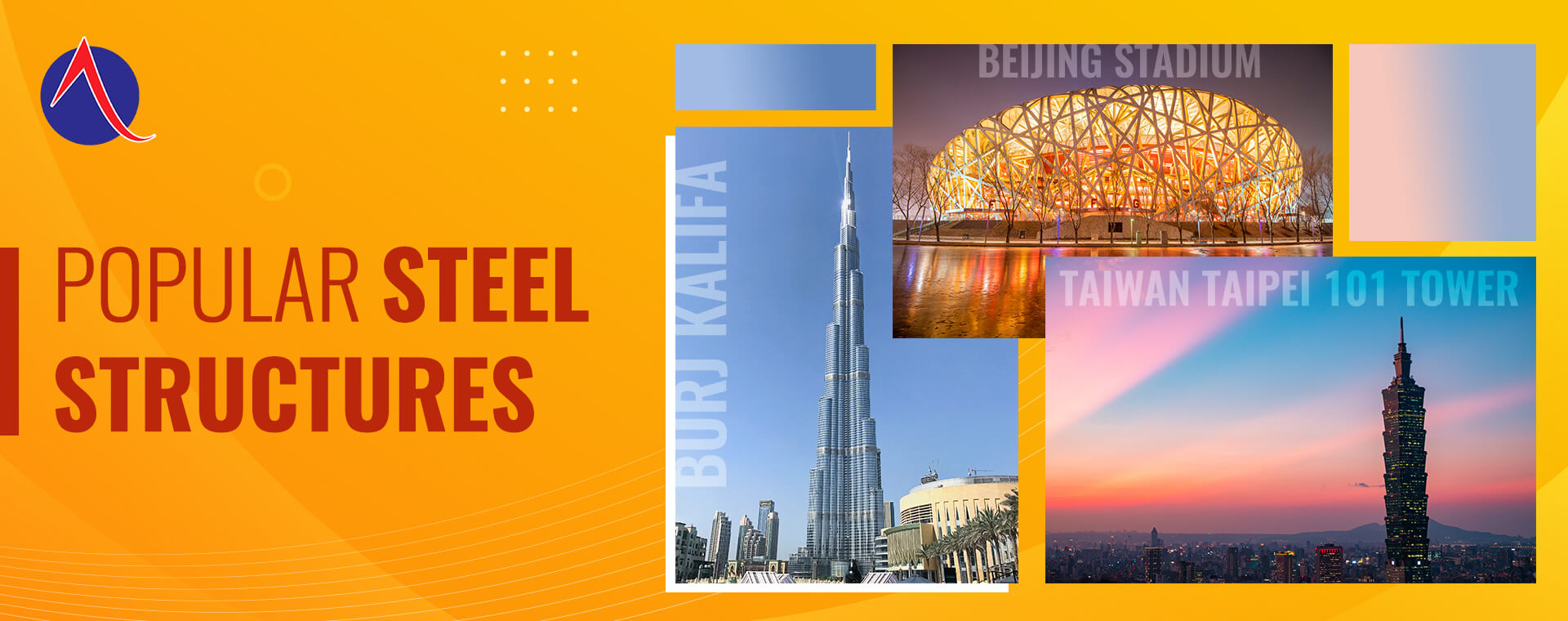Steel is one of the important metal used in constructions and to create some extra ordinary and modern structures. There are many steel structures around the world with critical design. We listed popular 3 steel structures and how it was built which will make you awe struck.
Burj Khalifa
Burj Khalifa, 820 meters to the topmost floor and 10 additional meters to the tip, is the world’s tallest skyscraper. This structure was constructed out of reinforced steel and took five years to complete. When it was launched in 2009, it immediately gained international attention and thrust Dubai into the spotlight. There are 163 floors in the tower. Because of its height, planes taking off and arriving in Dubai had to be redirected to avoid colliding with the tower. To compensate for its height, the Burj Khalifa uses a “bundled tube design”. About 31,400 meters of tonnes of steel rebars were used in construction.
The concrete and steel foundation, which comprises 192 piles buried more than 50 m (164 ft) deep. The building of the Burj Khalifa took 22 million man-hours and required 330,000 m3 (431,600 cu yd) of concrete and 39,000 tonnes of steel rebar. Burj Khalifa’s external cladding commenced in May 2007 and was completed in September 2009. 380 plus qualified engineers and on-site personnel were involved in this huge project. The team first installed roughly 20 to 30 panels every day, but towards the end of the project, they were able to install up to 175 panels per day.

With a height of 512 meters, they set a world record for the highest installation of an aluminum and glass façade. The overall weight of aluminum used on the Burj Khalifa is the same as five A380 planes, and the entire length of stainless steel bull nose fins is 293 times the height of Paris’ Eiffel Tower.
Beijing Stadium
The Beijing National Stadium is located to the south of the Olympic Green and cost approximately £300 million to construct, is a spectacular iconic facility that hosted the 2008 Olympic games. The stadium hosted the 29th Olympiad’s opening and closing ceremonies, as well as athletic track and field competitions. It also hosted the 2008 Summer Paralympics and the 2009 Race of Champions and closing ceremonies of the 2022 Winter Olympic Games will be held in Beijing National Stadium, making Beijing the first city to host both the Summer and Winter Olympics.

The 91,000-seat stadium was built with elements of Chinese art and culture in mind. The main construction of the national stadium is a massive saddle-shaped elliptic steel framework weighing 42,000 tonnes. With an elevation of 69.2 meters, the stadium stretches 333 meters north to south and 294 meters east to west. The stadium’s design contained 11,000 demountable seats. With more than 42,000 tons of steel, this architecture was created as a centreplace for the 2008 Olympic games.
Taiwan Taipei 101 Tower
Taiwan’s Taipei 101 tower was the world’s highest structure until 2010. It is at a height of 509.2 meters above sea level. This features the 60-meter spire, as well as the highest roof in the world (440 m). The elevators in the Taipei 101 tower are the world’s fastest and most comfortable. The structure is breathtaking to behold, a stunning testament to steel, glass, and ingenious engineering. Despite this, the design clearly reflects local Chinese culture; for example, there are eight canted portions, with eight being the Chinese lucky number. Each portion is adorned with a traditional Chinese symbol of completion, which is large enough to be seen from a distance.

Taipei 101 was built to be both flexible and structurally resistant, since while flexibility prevents structural damage, structural resistance assures occupant comfort as well as the protection of the glass, curtain walls, and other elements. The majority of designs attain the required strength by increasing the size of crucial structural features like bracing. Because of the building’s height and the geology of the surrounding area, Taipei 101 is only 660 feet (200 meters) from a significant fault line. Taipei 101 was built with high-performance steel and 36 columns, including eight “mega-columns” filled with concrete weighing 10,000 psi (69 MPa). Outrigger trusses connect the columns in the building’s core to those on the façade at eight-floor intervals.
Source:
1. https://www.designbuild-network.com/projects/national_stadium
2. https://thearchitectsdiary.com/10-most-popular-steel-buildings-in-the-world
3. https://www.burjkhalifa.ae/en/the-tower/design-construction
4. https://www.phase-trans.msm.cam.ac.uk
